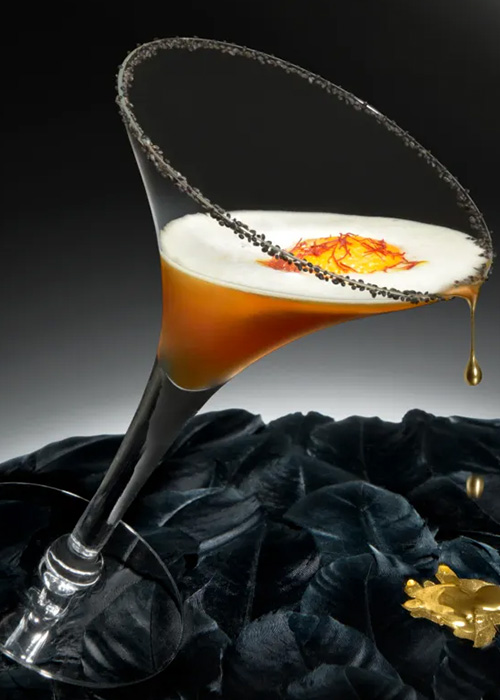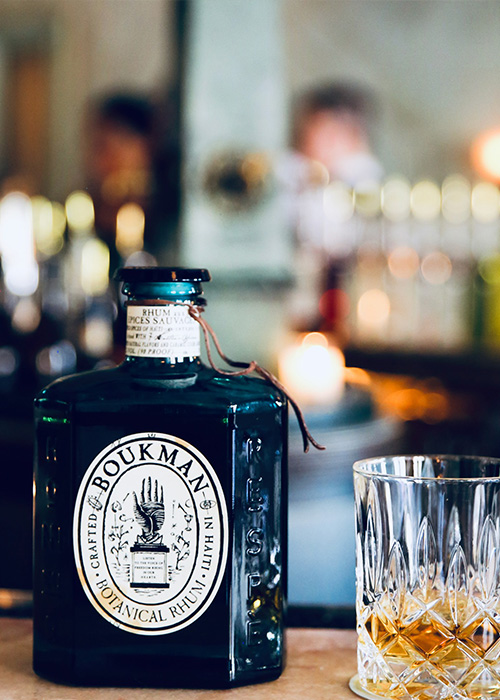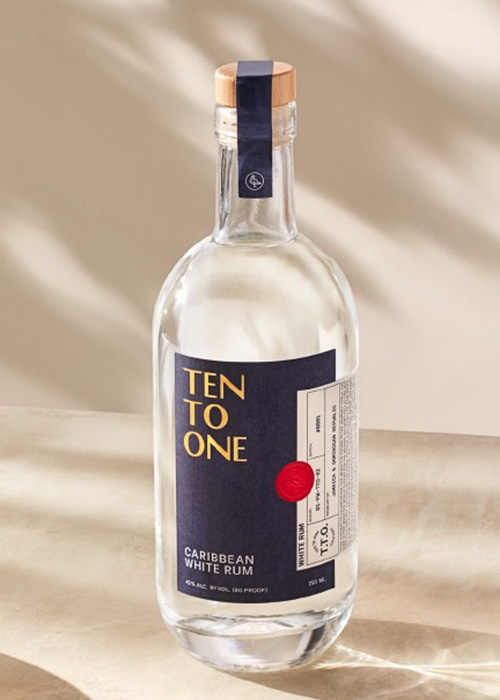There are many spirits inherently linked to their location of origin — tequila from Mexico and Scotch from Scotland immediately come to mind — but few spirits are as transportive as rum. Originating in the Caribbean, rum has a history as rich as its flavor, yet until recently, it’s been one of the most overlooked spirits. With the uptick in tiki-inspired cocktails dotting cocktail menus and viral social media videos, rum is creeping its way to the front of bar carts and menus alike, leading us to wonder: Could this finally be rum’s year?
To really understand rum, you’ll have to look past the general offerings. Christian Favier, bartender and rum expert, was first introduced to rum by his Caribbean and Hispanic bartender drinking buddies while working at Sugar Monk in Harlem. He now runs a rum-focused bar program that serves well over 100 rums from over 17 islands at Charleston’s The Ordinary, but credits his love for the spirit to his direct accessibility of its culture.

“On the islands, rum is more than a commodity,” says Favier. It’s not about being a product of a certain quality, a complex list of ingredients, or perfect packaging. Instead, it’s about the people and culture of the country. Each country has a similar story as to how the production of rum came to be, yet it’s the methods of production that make the category so diverse. Put simply, “the production of rum has a very specific tie into the history of the country it comes from, and as important as that is it’s just not how people buy booze,” he explains.
Is Marketing to Blame for Rum’s Slow(er) Success?
Walk through any local liquor store, and you’ll find two or three big-name rums with different marketing approaches; there’s a white rum meant for Mojitos, a coconut-flavored rum ideal for Piña Coladas, and a dark rum used for bar staples like rum and Coke. To tie rum to one type of cocktail seems like an odd crutch since it is often regarded as one of the most diverse spirit categories, but with a lack of cultural connection, commercial brands have needed to rely on rum’s association with these staple cocktails.
True enthusiasts know that the commercial profile isn’t really representative of the taste of rum, and is just another piece of the puzzle as to why the spirit is so misunderstood. “From Barbados to Martinique to Jamaica and Haiti, rum is about as different as bourbon is to Scotch, Japanese, or rye in terms of whiskey,” Favier explains.
… Or Is It Accessibility?
In the U.S. market, the idea of sweeter cocktails and frozen drinks has backed rum into a vacation-only corner. Unlike bourbon and whiskey, rum has uniquely maintained affordable pricing in the U.S., which could be attributed to lower desire by consumers. Despite questionable marketing attempts, many quality rums are easily accessible. Wray & Nephew, a quintessential Jamaican rum that can generally be found at neighborhood liquor stores, is a great example, says Favier. The problem is that right next to it you’ll also find big-name brands with inviting labels and artificial flavor additives.

Ultimately, it’s on industry professionals to lower the barriers to entry when it comes to exposing consumers to spirits they’re less familiar with. “What we really need is general education around rum and what cocktails can taste like sans value brands. Just like whiskey and tequila over the past decade, the premium rum experience is quickly reaching new audiences,” says Alex Fellows, senior brand manager of Diplomático Rum.
What’s Next?
Recently there has been an initiative to shift the spotlight to the culture so deeply connected to rum. For example, Boukman Botanical Rhum is bringing the traditional Haitian method of infused rum mainstream while telling the story of rebel runaway slave and Haitian revolutionary Dutty Boukman. Meanwhile, Belizean rum brand Copalli is placing a greater emphasis on marine and rainforest conservation in the country it calls home.

Caribbean rum brand Ten to One‘s slogan, “not your spring break rum,” perhaps best sums up the typical American experience with the spirit. The brand, which features white and dark rum, puts authentic elements of Caribbean culture to the forefront of its marketing. Done in a respectful and educating way, it has resonated with drinkers new to the spirit in a way that other rum brands have yet to do.
“You don’t have to be a rum expert to drink good rum,” Favier says. Ultimately, the best way to experience rum is to really experience the culture. “When it comes to rum, there’s a piece to the puzzle you’ll always be missing until you enjoy it in the place that it’s made,” says Favier.
